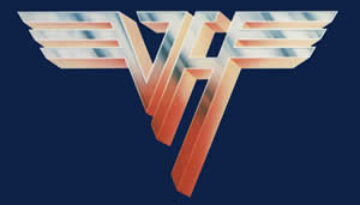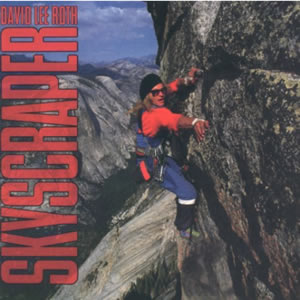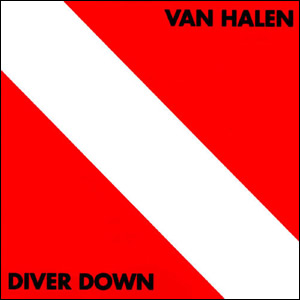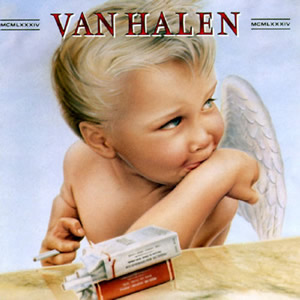Van Halen II
Buy Van Halen II While rarely cited as one the group’s best works, Van Halen II, features some of the band’s best individual tracks and may well showcase Van Halen at its cohesive […]

Buy Van Halen II While rarely cited as one the group’s best works, Van Halen II, features some of the band’s best individual tracks and may well showcase Van Halen at its cohesive […]

Buy Van Halen’s Debut Album Van Halen‘s debut album is a pedal-to-the-metal hard rocker with a distinct approach that thundered onto the scene in early 1978. This self-titled album continues to rank among the […]

Buy Skyscraper David Lee Roth‘s second full-length solo album, the commercially successful Skyscraper, has had mixed critical response since it was released in 1988. This album, while continuing much of the same good-time-hard-rock […]

With their 5th album, Van Halen decided to take a less intense approach. Diver Down was developed by accident as the band, exhausted from constant touring and the production of four studio albums […]

Buy 1984 The original lineup of Van Halen reached their artistic and commercial apex with their final album together. 1984 (officially titled using Roman Numerals MCMLXXXIV) was released near the start of the […]